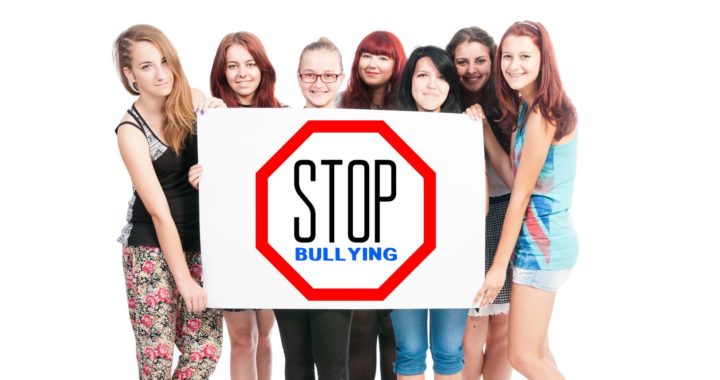by Marie O’Connor
Supervisor of Prevention Education
National Bullying Prevention Month is a nationwide campaign founded in 2006 by the PACER Center. Each October, the campaign aims to unite communities around the world to educate and raise awareness of bullying prevention.
Bullying is defined as unwanted, aggressive behavior that involves a real or perceived power imbalance. The behavior may be repeated over time and both the individuals who are bullied and who bully others may have serious, lasting problems.
While bullies can come in all shapes and sizes, there are some common reasons for bullying, including a sense of entitlement, peer pressure, or the result of having been victimized by bullying. There are 6 recognized types of bullying behaviors, including physical, emotional, verbal, sexual, prejudicial, and cyber-bullying.
Most reported instances of bullying occur between elementary and high school, peaking during the middle school years; however, anyone can be the victim of bullying, at any age. Bullies tend to focus on anyone who doesn’t fit in, poses a threat, or has something they want. It is a misconception that only social outcasts are the targets of bullies, as there are many instances when the most popular kid at school becomes the target of bullying. It is wrong to assume that an individual has a “victim personality” or has demonstrated a reason to invite being targeted–the responsibility for bullying should always fall on the perpetrator. Placing the blame on the victim lets the bully off the hook, and implies that the victim deserves to be victimized.
Studies show that males and females tend to bully differently. Males tend to be more physically aggressive, and will usually bully other males and females. Females are more likely to take an emotional approach to bullying with name calling, isolating, and cyber-bullying. Most bullying takes place in school, outside on school grounds, and on the school bus. Bullying can also happen wherever kids gather in the community. Cyber-bullying occurs on cell phones and online through chat rooms and various social media applications.
According to a 2016 study from the Centers of Disease Control & Prevention (CDC), 28% of U.S. students in grades 6–12 and 20% of U.S. students in grades 9–12 experienced bullying (www.cdc.gov). However, it is important to keep in mind that these statistics only reflect incidents of bullying that are reported. More often than not, many targets of bullying remain silent about their victimization. Some may feel embarrassment or fear, or believe that reporting will not do any good. Many people still view bullying as a “rite of passage,” and even though most bullying situations usually include witnesses, the bystanders are unsure of what they can do without becoming the target of the bullying that is being observed. However, as noted by the CDC, nearly 60% of bullying situations end within 10 seconds when a peer or bystander intervenes.
Bullying has significant consequences that can impact victims in the short-term as well as the long-term. Many victims feel alone, isolated and humiliated. If bullying is left unaddressed, a number of health issues may arise, such as eating disorders, depression, post-traumatic stress disorder and even thoughts of suicide.
We know that individuals who feel connected are more resilient to mean behavior. Allies provide victims of bullying with the opportunity for open communication and emotional support. When individuals feel accepted by peers, they become more assertive when they encounter mean behavior. Individuals without allies feel unconnected, and instead can become emotionally vulnerable and hyper-aware of unfriendly comments and situations.
While it is easy to empathize with the victims of bullying, we must also recognize that the individuals who bully are just as at-risk of short and long-lasting emotional problems as those they victimize. Bullies are at a greater risk for alcohol and drug abuse as adolescents, have trouble relating to their peers, engage in sexual behavior at a young age, get into fights, vandalize, have increased potential for domestic violence, and drop out of school. In some cases, kids who are bullied are also bullies themselves. The bottom line is that intervention is required to treat the bullies to prevent the long- lasting psychological effects that may negatively impact their entire lives.
It is essential that parents, teachers, coaches, and community leaders learn to identify the warning signs, listen to their children, know where to seek help, and alleviate potential long term effects by acting swiftly and effectively.
